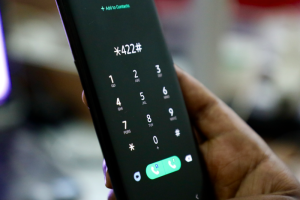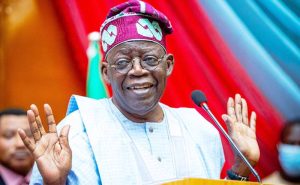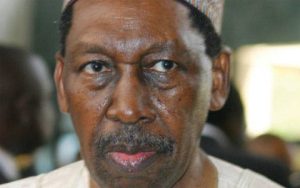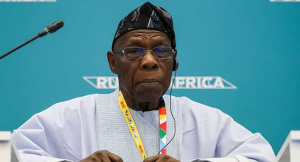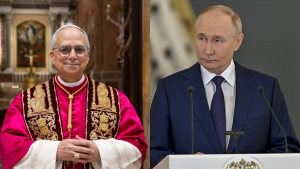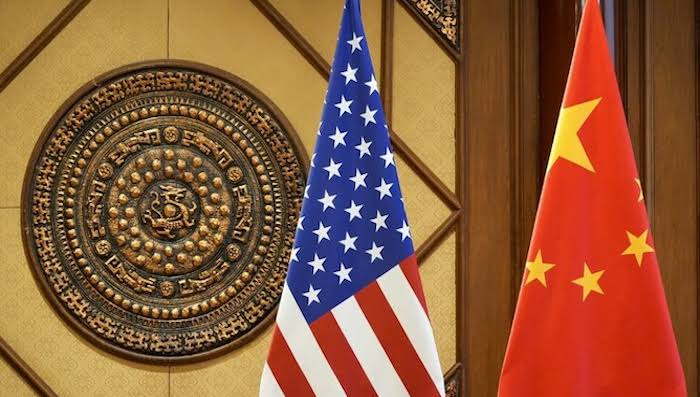
The United States and China re-engaged in semi-official nuclear arms talks in March for the first time in five years. These discussions saw Beijing reassure Washington that it would not use nuclear threats over Taiwan, according to two American participants.
The talks, part of the Track Two dialogue, aimed to ease U.S. concerns that China might resort to nuclear weapons in the event of a conflict over Taiwan. “Chinese representatives assured us they believe they can win a conventional conflict over Taiwan without resorting to nuclear arms,” said David Santoro, the U.S. organizer of the discussions, in a statement to Reuters.
Track Two talks involve former officials and academics who, while not current policymakers, are knowledgeable about their governments’ positions. These discussions complement Track One negotiations, which are conducted directly between government officials.
The March meeting, held in a Shanghai hotel conference room, included about a dozen delegates from both sides. The U.S. delegation consisted of former officials and scholars, while China’s included academics and former People’s Liberation Army officers. A State Department spokesperson commented that such informal talks can be “beneficial,” but emphasized that they do not replace formal negotiations.
Chinese delegates and Beijing’s defense ministry did not respond to requests for comment. The informal discussions occurred against a backdrop of heightened economic and geopolitical tensions between the U.S. and China, with both sides accusing each other of bad faith dealings.
These semi-official discussions resumed after the Trump administration halted funding in 2019 and were further delayed by the COVID-19 pandemic. While Track One talks briefly resumed in November, they stalled due to frustrations over China’s lack of engagement, according to a US official.
The Pentagon, noting a 20% increase in China’s nuclear arsenal between 2021 and 2023, warned in October that China might consider nuclear use to restore deterrence if faced with a conventional military defeat over Taiwan.
China has maintained a no-first-use policy since developing its nuclear weapons in the 1960s. However, the U.S. side sought clarity on whether this stance still held. “The Chinese delegation reaffirmed their no-first-use policy and minimal deterrence strategy, saying they are not aiming for nuclear parity or superiority,” Santoro reported.
Despite “frustrations” during the talks, both delegations found value in continuing the dialogue. More discussions are planned for 2025, Santoro added. Nuclear policy analyst William Alberque of the Henry Stimson Centre noted the importance of maintaining dialogue with China, even with low expectations.
The U.S. Department of Defense estimates that China’s arsenal will likely surpass 1,000 operational warheads by 2030. China’s recent military advancements include new ballistic missile submarines, hypersonic glide vehicle warheads, and regular nuclear-armed sea patrols, contributing to its development of a “nuclear triad.”
The US delegates raised concerns about the survivability of China’s nuclear weapons in a first-strike scenario. Morris, another US delegate, said the Chinese described their modernization as necessary to counter advancements in US missile defenses and surveillance.
Santoro confirmed that the discussions’ outcomes would be reported to the US government but not made public. Alberque concluded that China’s reliance on “risk and opacity” regarding its nuclear strategy complicates substantive engagement on these issues.

